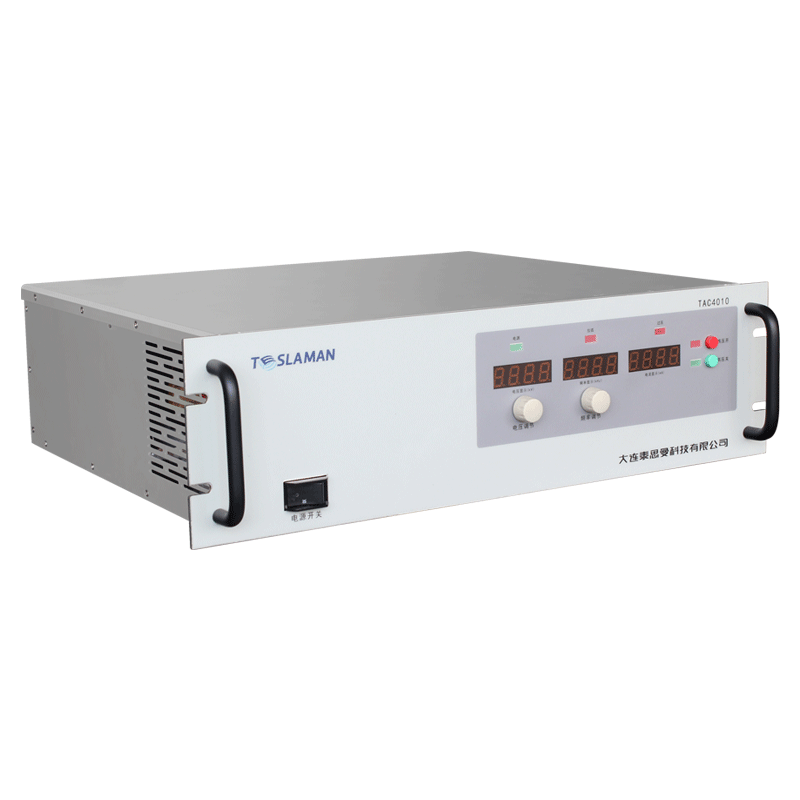Rapid Shutdown Protection for Electron Microscope High-Voltage Power Supplies: The Safety Gate for Precision Equipment
In high-end scientific instruments such as electron microscopes (EM), the stability of high-voltage power supplies directly determines imaging quality and equipment lifespan. However, during EM operation, impurities in the vacuum chamber or micro-discharges often trigger high-voltage breakdown, generating transient short-circuit currents (up to tens of amperes). Without immediate interruption, these can contaminate samples or even burn out electrodes and high-voltage coils. Traditional mechanical relays or contactors have shutdown times of tens of milliseconds, while destructive current surges occur within microseconds. Thus, microsecond-level rapid shutdown technology has become the core requirement for high-voltage power protection.
1. Limitations of Traditional Protection Schemes
Shutting down EM high-voltage power supplies (typically 10–30 kV) faces two major challenges:
1. Energy Release Delay: Energy-storage components (e.g., capacitors, inductors) in the power transformer’s secondary circuit sustain arc currents after shutdown, causing destructive discharges.
2. Inefficient Reset: Mechanical protection devices (e.g., overcurrent relays) require manual resetting. With breakdown frequencies reaching several times per minute in EM processes, experimental continuity is severely disrupted.
2. Breakthroughs in Rapid Shutdown Technology
Modern EM high-voltage supplies adopt a three-tier electronic protection architecture, achieving response time ≤40 μs and auto-reset ≤50 ms:
1. High-Frequency Current Sensing
Current signals are captured in real-time via sampling resistors or high-frequency current transformers in series with the high-voltage loop. When breakdown current exceeds the threshold, the transformer’s secondary outputs a millivolt-level signal. This is converted to DC by a detection circuit, triggering a comparator to generate a shutdown command—completed within 5 μs.
2. Grid Voltage Switching and Deep Cutoff Control
Main switches use high-voltage tubes (e.g., TM-85 tetrodes). During normal conduction, the grid voltage is +15 V, and the screen voltage is 130 V. Upon overcurrent detection, the grid switching circuit delivers –500 V to the grid within 10 μs, while the screen voltage drops to 2 V, forcing the tube from saturation to full cutoff and blocking anode current.
3. Energy Discharge and Auto-Reset
To eliminate residual energy in the transformer’s secondary, surge absorbers (e.g., TVS diodes) and RC snubbers shunt residual energy to the ground loop. After 50 ms, the current detection circuit’s capacitor recharges, outputting a high-level signal to restore grid voltage and resume operation.
3. Synergistic Optimization of Key Components
• Transient Clamping with Switching Diodes: Fast-recovery diodes (e.g., 1N4148) reversely parallel inductive loads (e.g., electromagnetic lens coils). Their ≤4 ns reverse recovery time clamps back-EMF voltages during shutdown, preventing secondary breakdown.
• Integrated Logic Protection Circuitry: Overvoltage/overcurrent comparators (e.g., LM358 op-amps) link with signal integration chips (e.g., CD4072BE) for multi-parameter threshold judgment and fault latching. Optocoupler-isolated relays enhance noise immunity.
4. Application Value and Future Trends
Rapid shutdown technology improves EM power supply reliability by >90% while reducing maintenance costs. Additional benefits include:
• Sample Integrity: Preventing contamination from breakdown events;
• Extended Equipment Life: Protecting costly electron guns and detectors;
• Uninterrupted Experiments: Auto-reset ensures stability for long-term observations.
Future research will focus on replacing tubes with solid-state switches (e.g., SiC MOSFETs), compressing shutdown times to the sub-microsecond level and minimizing power losses.




















